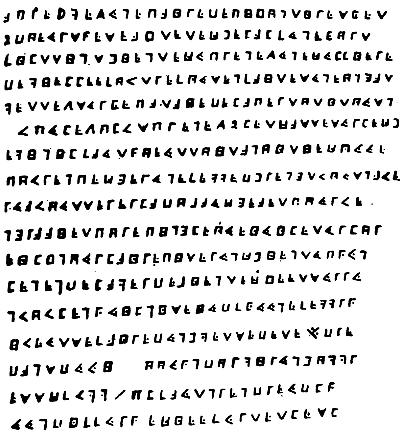The Los Angeles Times called this “the most horrible crime of the 1920s”: On Dec. 18, 1927, a man appeared at the junior high school attended by Marion and Marjorie Parker, 12-year-old twin daughters of banker Perry H. Parker. The man said that he was a bank employee and that Marion was wanted immediately by her father.
Marion departed with him, and no one suspected anything until Marjorie came home alone. Police searched the city but had found nothing when a ransom note arrived the following morning asking Parker to gather $1,500 and await further instructions. The kidnapper sent an appeal from Marion and then called that evening with directions to a dropoff location. Parker obeyed, but police were visible in the area and the kidnapper stayed away.
A new letter was delivered the following afternoon:
I am vexed and disgusted with you … You will never know how you disappointed your daughter … Pray to God for forgiveness for your mistake last night.
Fate — Fox
He included a note from Marion:
Dear Daddy and Mother:
Daddy, please don’t bring any one with you today. I am sorry for what happened last night. We drove right by the house. I cried all the time last night. If you don’t meet us this morning, you will never see me again.
Love to all
Marion Parker
A call came at 7:15 telling Parker where to go. He parked his car and turned off the lights as instructed. A car parked beside him and a man pointed a gun and told him to hand over the money. Parker demanded to see his daughter. The stranger lifted the girl’s head from beside him; she appeared to be asleep. Parker assumed she’d been drugged and handed over the money.
The man drove 200 feet forward, stopped, got out, and lifted the girl’s body onto the sidewalk. Then he got in and drove away. Parker ran to the girl and lifted her head, then screamed. Her legs had been cut off near the hips. She had been dead for hours.
Police tracked down 18-year-old bank messenger William Hickman, who said he’d wanted the money to go to college. He did say that he’d strangled Marion with a towel before he’d amputated her legs. He was hanged the following October.
(From Hank Messick and Burt Goldblatt, Kidnapping: The Illustrated History, 1974.)



